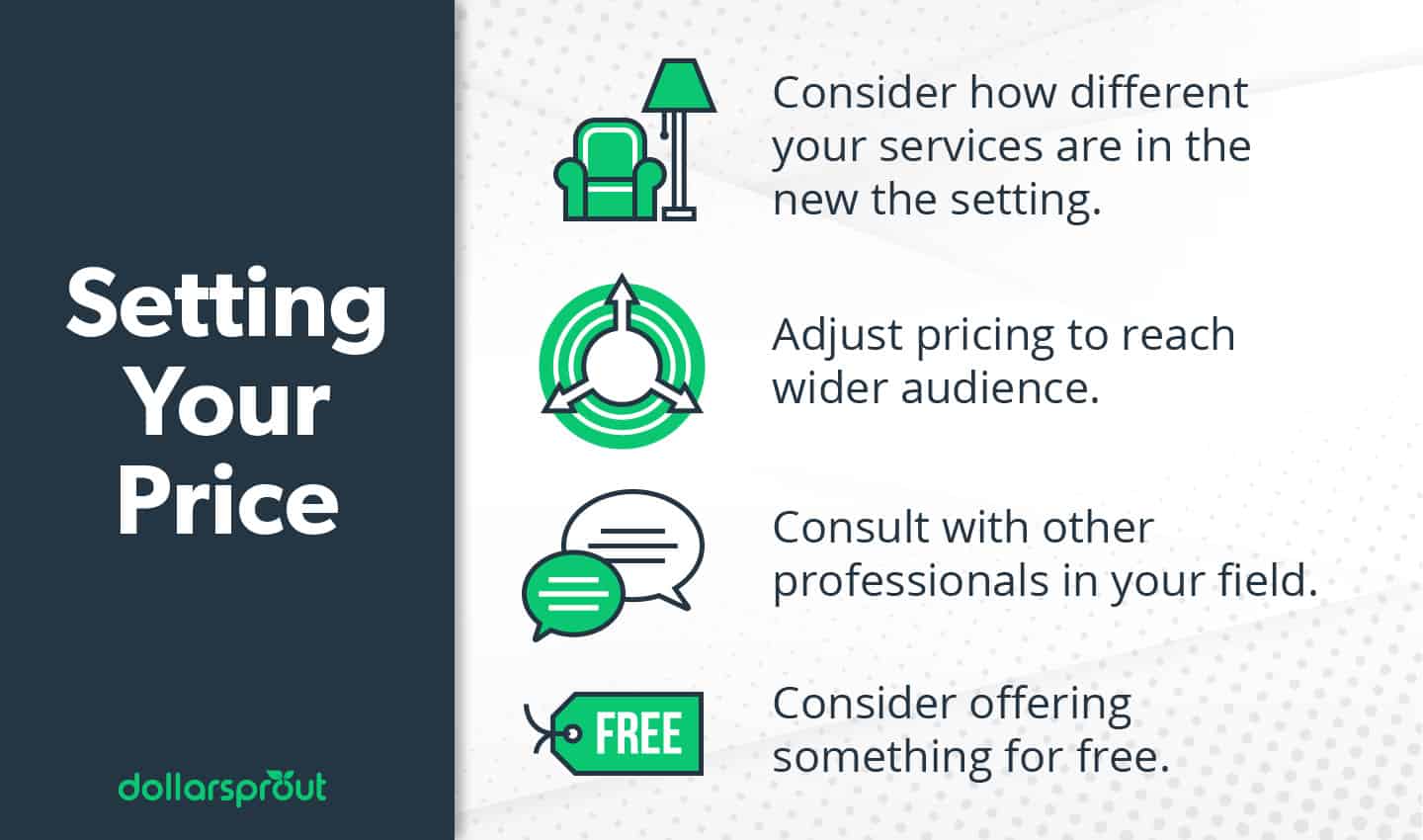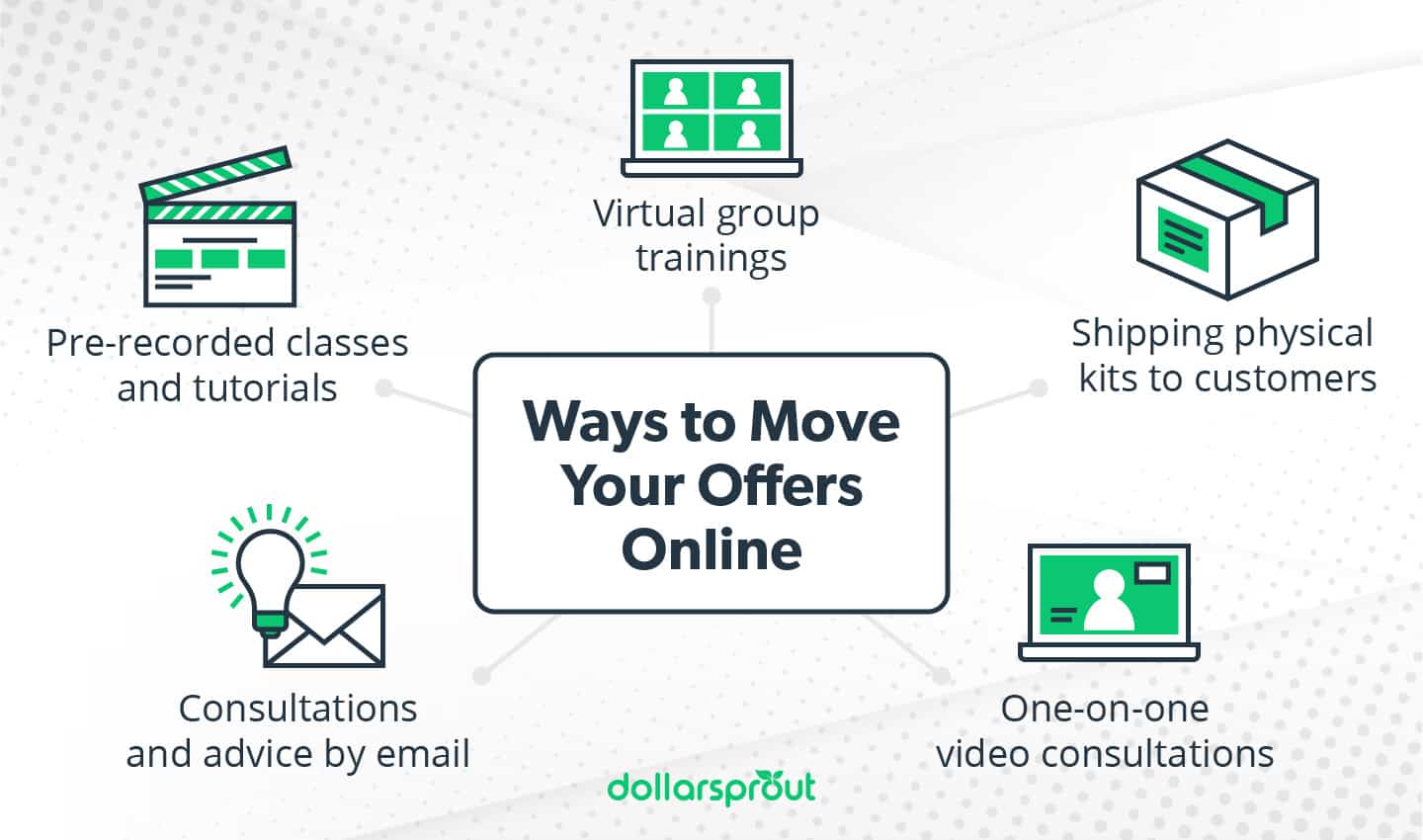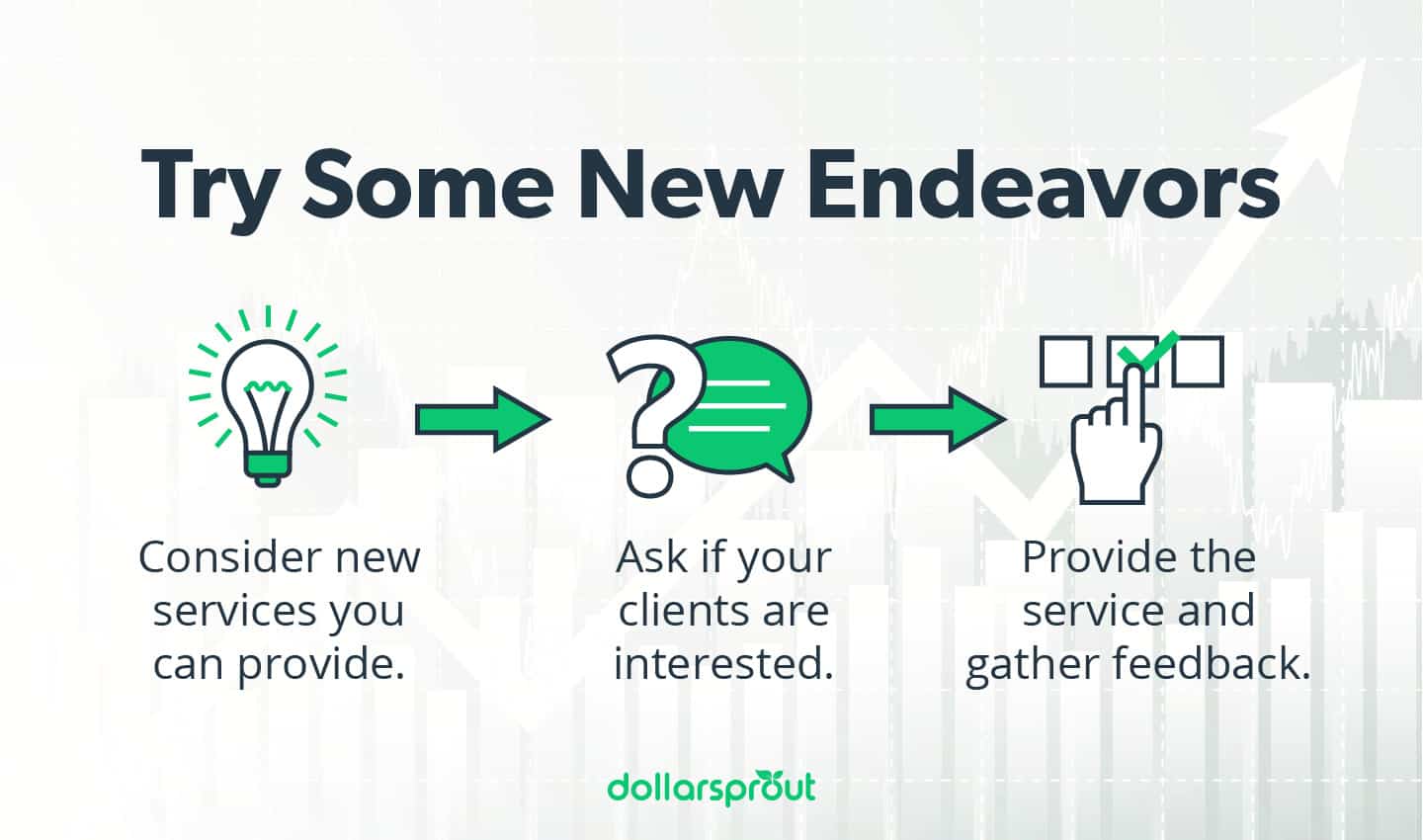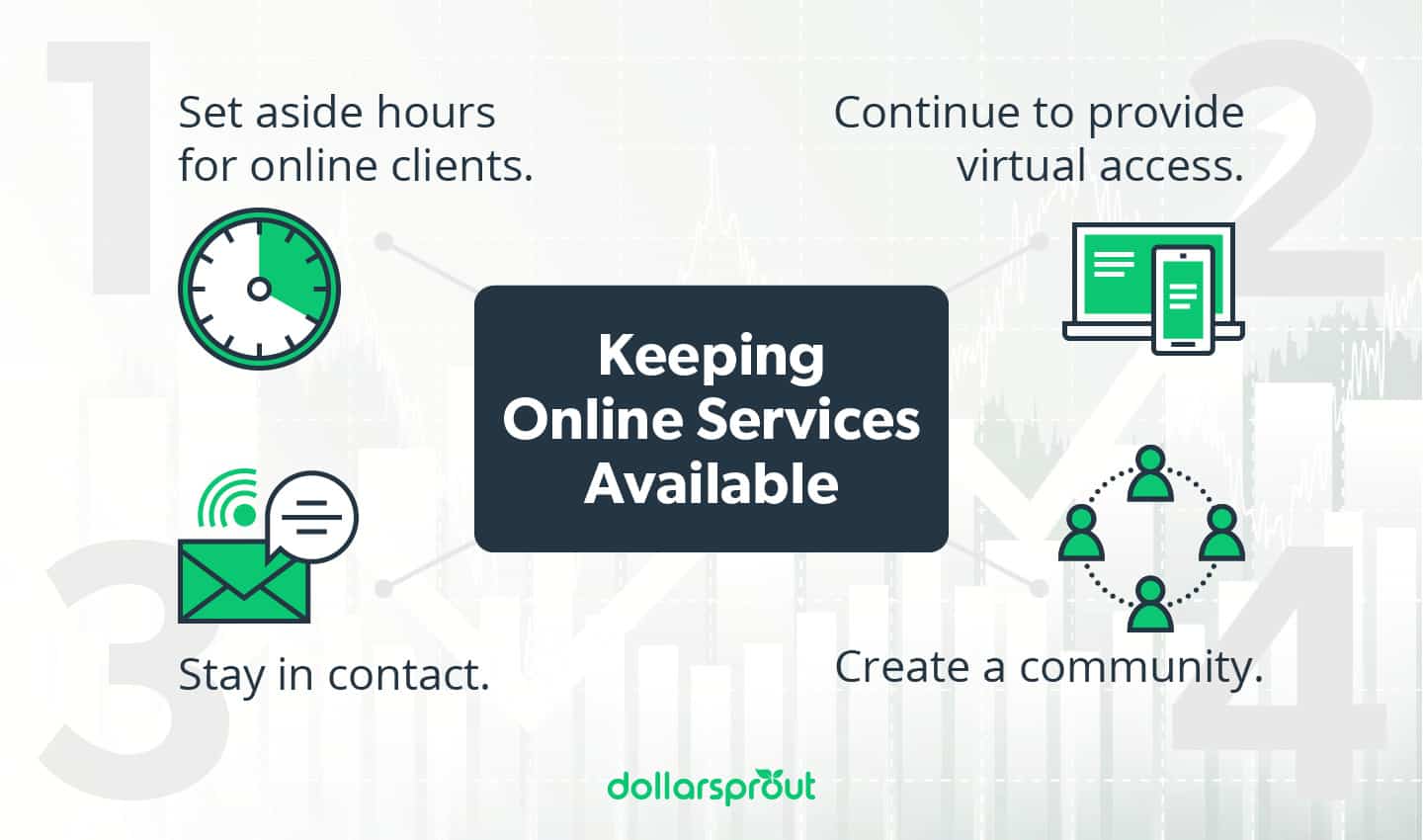How to Take Your Business Online: 11-Step Guide
Our readers always come first
The content on DollarSprout includes links to our advertising partners. When you read our content and click on one of our partners’ links, and then decide to complete an offer — whether it’s downloading an app, opening an account, or some other action — we may earn a commission from that advertiser, at no extra cost to you.
Our ultimate goal is to educate and inform, not lure you into signing up for certain offers. Compensation from our partners may impact what products we cover and where they appear on the site, but does not have any impact on the objectivity of our reviews or advice.
If you’re considering moving your offline business online, you might be unsure of what to do if you’ve never worked online before. These steps offer a framework for creating an online business plan and strategy.

Our mission at DollarSprout is to help readers improve their financial lives, and we regularly partner with companies that share that same vision. If a purchase or signup is made through one of our Partners’ links, we may receive compensation for the referral. Learn more here.
In the wake of the COVID-19 pandemic, more and more businesses are struggling to stay afloat.
While big-box stores and well-known brands have managed to survive, it’s been particularly challenging for traditionally in-person service businesses. After all, how do you provide personal training or therapy or dog grooming online? And how do you earn money doing it?
It seems challenging, but there are steps you can follow to move your offline business online.
Why You Should Have an Online Plan for Your Offline Business
Having an online plan for your business isn’t necessary, but it can provide a few things:
- Visibility. When you’re providing services online, it makes it easier for potential clients to find and connect with you.
- Marketing. Sharing videos or tutorials or posting on social media is free advertising that highlights what you do and offer.
- Income. Having a business that’s online means that even if you have to close your in-person location, you can still earn money.
- Focus. Moving from offline to online can help you make your business more efficient by narrowing the scope of your services or expanding to include more in-demand, lucrative ones.
Most of all, having a plan makes it easier should you need to move your business online. Like a personal emergency fund, it’s better to have it and not need it than not have one at all.

11 Steps to Take Your In-Person Business Online
If you’re considering moving your offline business online, you might be unsure of what to do if you’ve never worked online before. These steps offer a framework for creating an online business plan and strategy.
1. Evaluate your clients’ needs.
When you open any business, you need to first determine what services you’re providing. Moving your in-person business online is no different. You need to evaluate what you offer and how you can continue to meet your clients’ needs.
The first thing to consider is your most valuable, most in-demand services. Not just the biggest income-generating ones (although you do want to make sure you include those), but the most unique ones that make people choose you over others.
If you’re a baker, it could be your gluten-free cupcakes. If you’re a hairstylist, it could be your highlighting skills. Whatever you’re known for, you need to figure out how to offer it online.
The second thing to consider is what your clients are asking for. What problem do you solve for them? When they come into your office, store, or studio, what do they most want or need? Offering what your clients need and ask for is the best way to guarantee that they still pay for your services, even if they can’t do it face to face.
Finally, consider the physical resources your clients might or might not have and adjust your offerings based on that. For instance, if you’re a gym owner, your clients might not have equipment like kettlebells or resistance bands at home, and they’ll need exercises they can do without them.
Once you figure out what you’re offering, make sure your clients have an easy way to get in contact with you and schedule appointments if they need to. You can use a scheduling app like Calendly to create a free appointment calendar, or you can have them contact you through email. Try to remove any barriers that might make them rethink making an appointment.
Make sure to have your work calendar synced to your personal calendar — you don’t want to miss any meetings. You also want to make sure you have a system in place to ship or deliver any products.
2. Consider your services.
After figuring out what services you’d like to offer, decide which ones transition best online. For instance, if you’re a dog groomer, you might not be able to groom a dog in person, but you can offer FaceTime calls, coaching your clients through clipping their dog’s nails or brushing their teeth.
That’s what Eric Thompson, tumbling coach and founder/CEO of TumbleChef, LLC, did. He knew that while cheerleaders were away from the gym, they’d still want to work on their tumbling skills, and he knew that he could help them with his one-on-one coaching. So he decided to offer virtual private lessons and virtual clinics, and they’ve become his flagship services.
Regardless of the type of business you own, there are services you can offer online, even if they need to be repackaged. If you’re not sure which ones might work online, make a list of your products or services and see what similar companies are doing. You might find some inspiration for your own business.
Related: 16 Online Business Ideas for Beginners
3. Develop your social media strategy.

Marketing an online business isn’t that much different than marketing your in-person one, but it’s even more essential that you build your online presence. Customers will vet you based on your Facebook page, Instagram profile, website, and how you use them. They’ll look at your number of followers, the kind of content you share, who they know that follows you, and how frequently you share.
You can use Facebook ads to promote your business, but being strategic about your social media profile is just as important. Thompson, who admits he didn’t initially find anything useful about social media, has used it to grow his business, brand, and reputation. He uses analytics to carefully plan what content he shares at what time of day, what hashtags he includes, and he tailors the content so he’s reaching his audience where they are.
“I use Facebook to connect with parents and Instagram to connect with the kids,” he said.
If you don’t have an online presence, you can get started with a simple blog and Facebook page to build one. Make sure what you’re sharing is useful, helpful, and curated for your target audience.
4. Use available technologies.
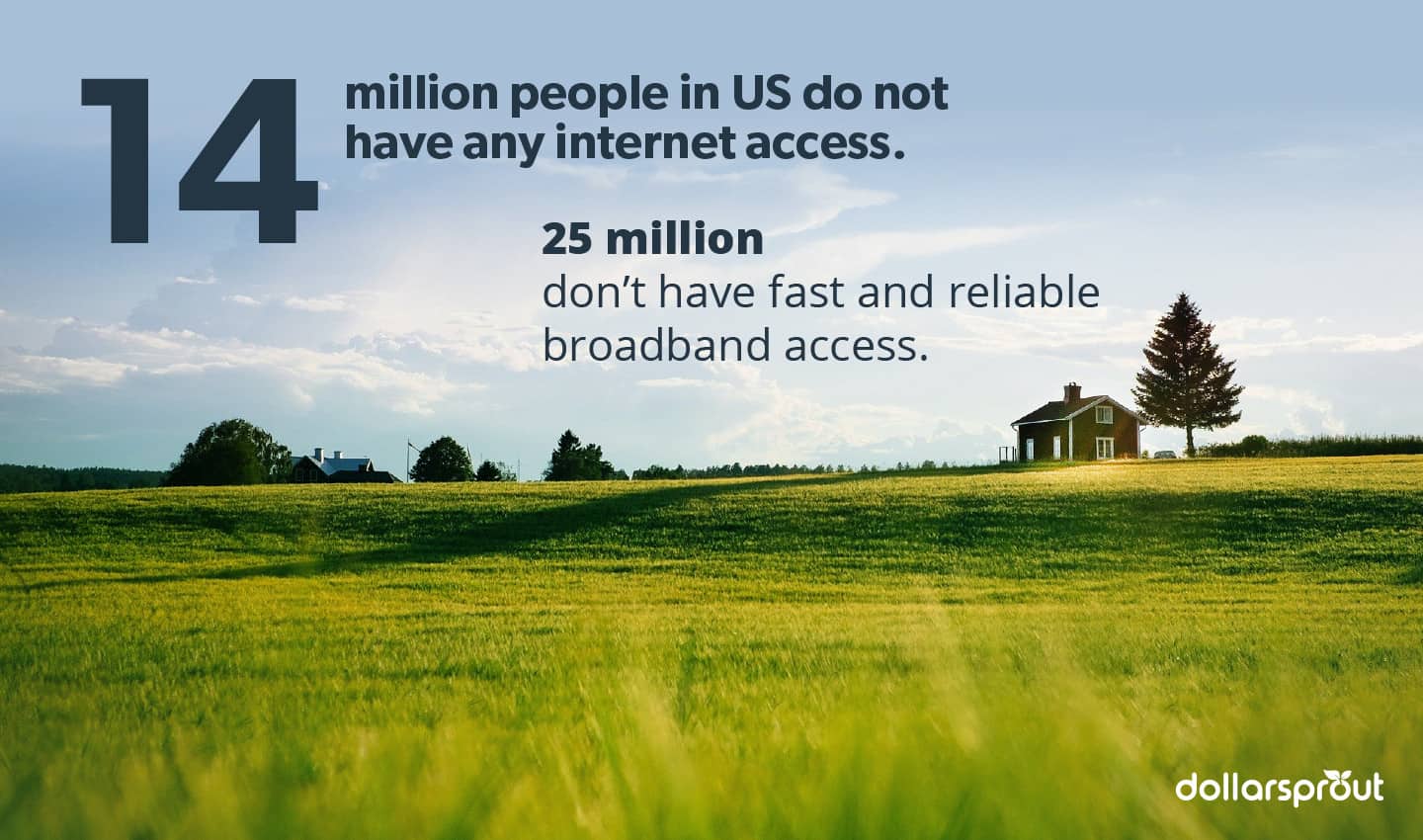
When moving your offline business online, it’s essential that you think about your clients’ access to technology and Wi-Fi. You want to make sure you’re reaching them not only at a price they can afford but in a way that’s accessible to them.
Although most people have smartphones, they might have unreliable internet service or data limits on their cell phone plans. That might mean you need to conduct more classes, workshops, and events over FaceTime rather than streaming on Facebook or Zoom. You might also need to record your services so people can watch the videos when they can connect to a public Wi-Fi hotspot instead of using it at home.
Lauren Martinez, Director, Events for a large national nonprofit organization, had to take these types of issues into consideration when planning events for her company. She ensures that all speakers for her events can call in rather than use video and have photos or slideshows available in case the presenters have a lag.
If you’re not sure what limitations your clients might have, you can ask. Create a poll on Facebook or Instagram or contact some of your clients individually. You can also talk to other business owners to see if they have any insight.
And remember that what your clients have access to in-person might not be the same as what they have at home, so account for those deficiencies as well. For instance, they might not have professional-grade scissors (for haircuts or pet grooming) or the space to do a long tumbling pass, and you might need to tailor your lessons or services for specific or individual clients.
Related: 12 Practical Ways to Get Free Internet Access at Home and in Public
5. Set your prices.
Any business owner knows how difficult it is to price their services. Price too low and people will think you offer low-quality products (and you won’t earn any money). Price too high and customers might not be able to afford you (and you won’t earn any money). It’s a tricky compromise to earn what you’re worth, charge what clients are willing and able to afford, and turn a profit.
“Setting your online prices can be even trickier,” Thompson said.
When he was setting his prices for his virtual private lessons, he had to take his clients’ loss of income into account. He also had to consider the fact that what he’s providing from his kitchen is different than what he’d provide in the gym. It didn’t seem fair to charge the same.
After consulting with his business manager and the other coaches in his mastermind group, he reduced his rate. He set a fair and affordable price and also strategically offers some of his coaching for free on his Facebook and Instagram pages.
“Coaches need to have more than one way to teach a skill,” he said. “So I offer one way for free and if gym owners or parents want something else, they can contact me for a paid coaching session.”
This is a way for him to reach smaller gyms and lower-income families but still provide the high-quality coaching he’s known for.
When setting your prices, take all factors into consideration, including if what you’re providing online is different than what you’re providing offline. And if you need to, give something away for free. It doesn’t have to be a product; you can record a short tutorial or video or do a Facebook Live. Anything that gives potential clients a taste of what you’re offering.
Related: 37 Small Scale Business Ideas for Beginner Entrepreneurs
6. Be creative with your services and hours.
If you own a gym or dance studio, you might be used to offering different classes at varying times. Transitioning your business online is no different. To effectively reach and service the most clients possible, you need to offer your classes at varying times. Although noon on Tuesdays might be best for you, it might not work for your customers.
Martinez agrees with this, and finds it effective.
“I worked with a team who had an event at 5:30 p.m. because someone suggested that it was after the workday, but before people were totally signed off and away from their computers, and it worked well,” she said.
The great part about this is now you can get creative with your schedule. Instead of only offering after-work and after-school hours, you can incorporate some early morning or middle-of-the-day classes. Play around with scheduling until you find what works for you and your clients, but remember to keep them updated with any changes.
Related: How This Entrepreneur Created a Business From a Unique Service
7. Look for new services you can provide.
Moving your business online is the perfect time to test new ideas. It’s low-cost and low-risk, and if it doesn’t work, you can always remove it. If it does work, you’ve added new services to keep your clients interested.
You can consider doing things like opening an online store with merchandise you already had in stock, creating printables, offering one-on-one coaching, or offering new classes or products you’ve been wanting to but were hesitant due to attendance or interest concerns.
Remember that you can always include your customers in this process. You can ask them what they might want you to offer, or if they’d be interested in a new class or product. You might find there’s more interest than you thought, or they might give you an idea you hadn’t thought of.
Depending on the type of business you have, you might also want to consider partnering with brands and other companies for affiliate sales or cross-promotions as long as the products you’re promoting are relevant and beneficial to your clients.
Related: One Expert’s Advice on Why Weird Side Hustles Work (and How to Find One)
8. Use other skills you have.
Unfortunately, it might not be possible to move your offline business entirely online. If that’s the case, you might need to shift gears, and try some new things using skills you already have.
Let’s say you’re a show director or work in theater. Although you won’t be able to direct any plays or musicals, you can still give voice, instrument, or acting lessons, help with industry-specific resumes, or edit audition videos. You might be able to run dance classes, improv workshops, or try your hand at directing scripted YouTube or Instagram Live videos.
There are other in-demand skills you can use to generate income as well. If you’re fluent in another language, you can work as an interpreter or tutor kids online. If you want to use your organizational skills, consider becoming a virtual assistant. Or maybe you can put your acting skills to use and do some voiceover work.
Write down all your skills and abilities and see how you can use those to fill in the income gap until you can get back to business.
9. Play to your strengths.
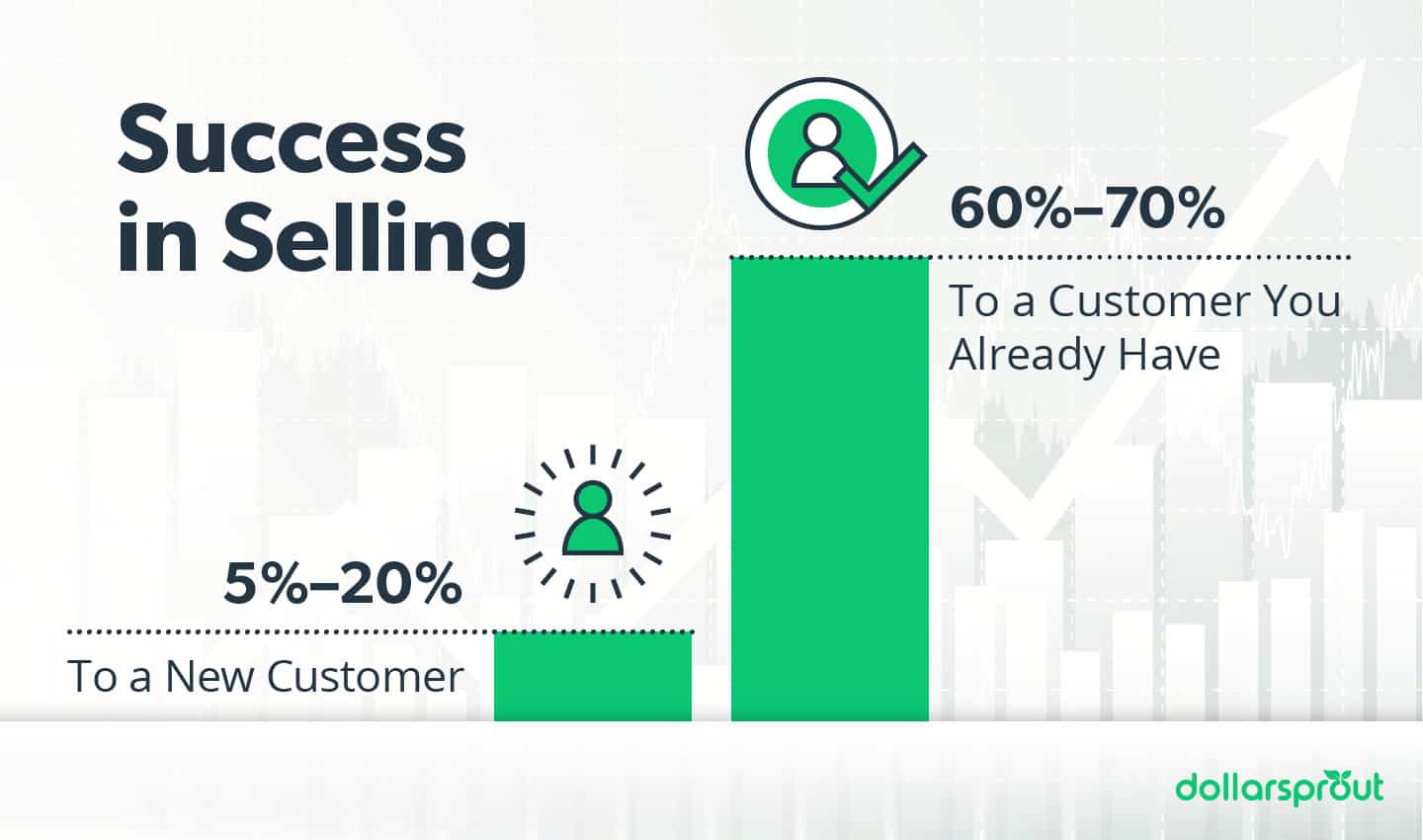
Chances are your business has strengths you can use to seamlessly move from in-person to online. Your biggest strength? Your current clients.
If you’ve built up customer loyalty, they’ll follow you whether you’re online or off. They’ll take your classes, sign up for your clinics, and even promote what you’re offering. They’ll keep their appointment, continue to pay their dues or membership fees, and buy your products as long as you continue to take care of them.
Another strength you can tap into is your ability to challenge yourself and your willingness to try new ideas. For Thompson, that means learning new skills and knowledge to expand not only his brand but what services he can offer his clients.
For Martinez, that means looking at new and fresh ways to put on events that still meet the event’s objective, make sponsors happy, and make attendees or honorees feel engaged and included.
Don’t forget about the flexibility that running an online business offers. You can use that to reach clients outside of your local area, try new ways of connecting with clients, and change your hours of operation.
It might be difficult to find your strengths, but they’re there. Once you recognize them, it’ll make it that much easier to move your business online.
10. Acknowledge any challenges.
You might already know that money or access to technology and the internet might be an issue for your clients, but before you transition your offline business online, spend some time thinking about other challenges your clients might face.
Child care can be a major concern. If the majority of your clients are parents, it might be difficult for them to find child care while they take your class or workshop. And if you’re a parent, you might face the same challenge.
Another challenge is space for inventory. If you sell products like clothes, soap, or books, you might not have a place to store the items, and you might need to either reduce your inventory or move to an online dropshipping store. That might come with an added expense or loss of income for you.
It can also be challenging to host events quickly and cheaply. But Martinez cautions against compromising for ease.
“Since virtual events can be cheaper to produce, there are a lot of ideas floating around for what should be done and the desire to execute right away,” she said. “It’s a challenge to really hone in on objectives to make sure you are delivering quality to your audience, rather than just having an event because it seems easy.”
Whatever your business is, think about potential problems that might arise as you move your business online. Write them down and try to come up with a possible solution. You might not be able to solve all your problems, but you should be able to offset most of them.
11. Make it sustainable.
Even when you’re able to open your offline business again, consider keeping some of your online services available to clients, especially if you’ve acquired some who don’t live locally. You want to make sure that they still have access.
To make your online business sustainable, you can do a few things:
- Set aside certain hours a week just for online clients. For instance, if you’re a personal trainer, you can use Wednesday evenings for accountability and planning sessions with those clients.
- Continue to provide virtual access. Using the personal training example, provide a Zoom link to your virtual clients so they can “join” the in-person strength training classes.
- Create a community. Again, using the personal training example, establish a Facebook group where both in-person and online clients can talk, ask questions, and you can connect with them through live Q&A sessions and posting workouts and fitness challenges.
- Stay in contact. You can do this through newsletters, a YouTube channel, a podcast — anything that helps keep clients connected to you and your business. Adding that personal touch makes you stand out and might even connect you to new clients or customers.
This is your chance to be creative with your long-term strategic planning. If you’re unsure how to incorporate online services into your business plan, consider forming a mastermind with other business owners or joining an online networking group.
The idea behind making the online component of your business sustainable is two-fold: one, it provides additional income even when your in-person services are operational again, and two, it provides you with an immediate solution should your offline business need to close.
Online Services Can Turn into Passive Income
If you’ve spent time transitioning your business online only to find that you’re able to return to providing in-person services, you might think it was all a waste of time. It’s not.
You can use what you’ve done to create passive income or a lucrative side hustle.
For instance, if you provide live training on dog grooming, record yourself and upload the video to Teachable to sell as a class. If you’re hosting writing workshops, consider creating a guided workbook or writer’s journal you can sell on Etsy or your own Shopify store. And if you’re doing virtual personal training, you can create and sell meal and exercise plans based on ones you’ve made for your clients.
You can be as creative as you like when developing your passive income stream. And since you’ve already done the work, it’s easy to implement.
Related: 19 Digital Products You Can Sell Online to Generate Passive Income



